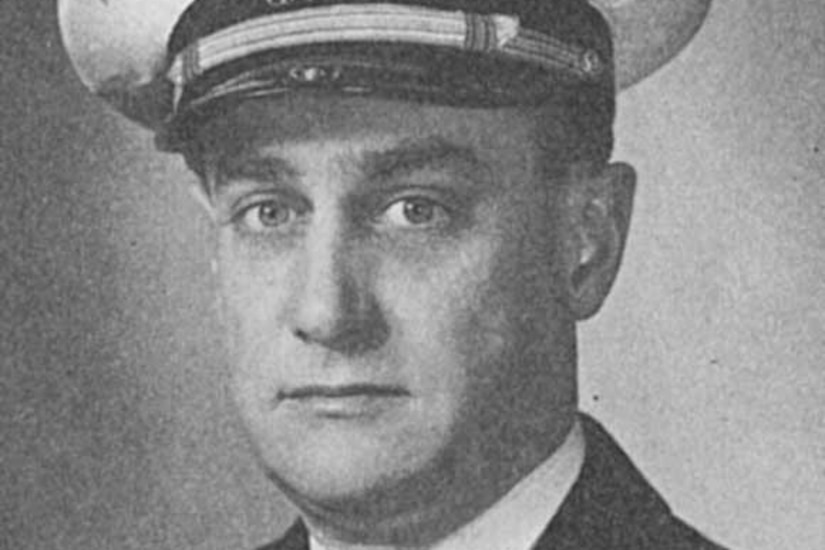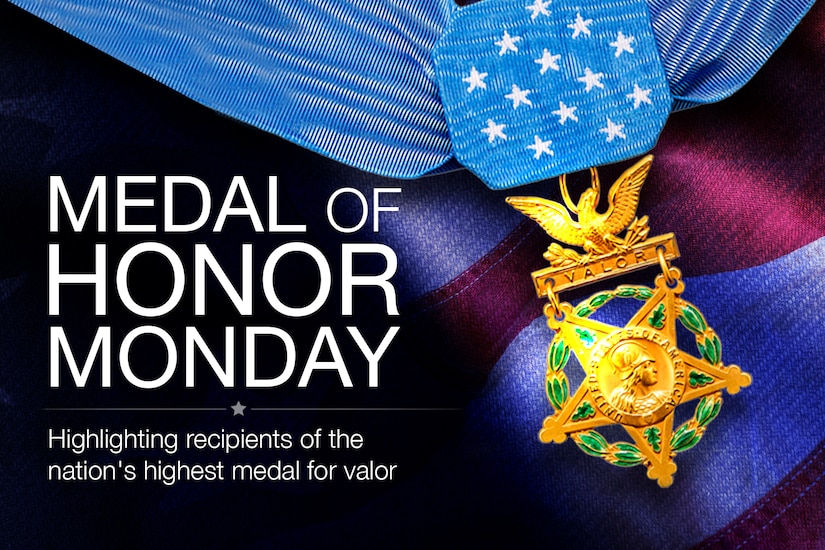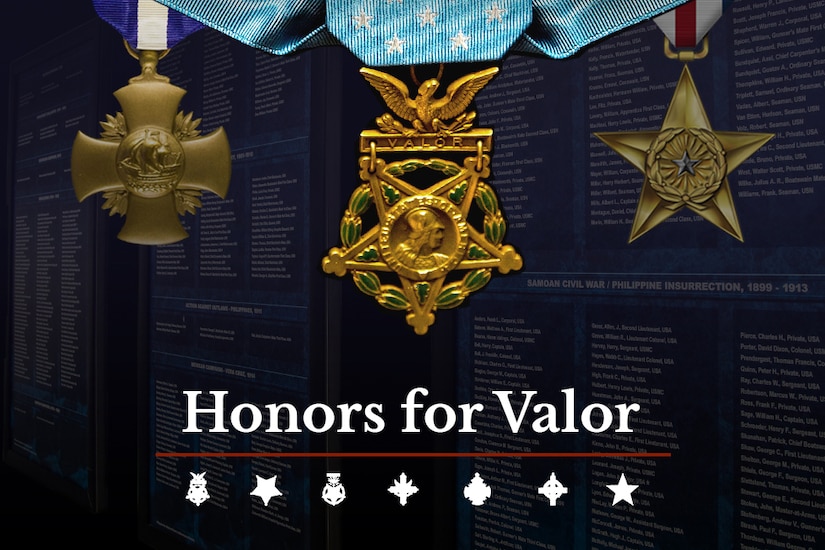| ||||||||||||||||||
| ||||||||||||||||||
|
During World War II, Navy Cmdr. Arthur Murray Preston risked his life to save a pilot while navigating his own seaborne vessels through heavy gunfire. This remarkable display of courage in the Pacific Theater led him to receive the Medal of Honor.
Preston was born on Nov. 1, 1913, in Washington, D.C., to Ord and Carolyn Preston. He had a younger brother, also named Ord.
Preston graduated from Yale University and the University of Virginia before going on to practice law in his hometown. However, in September 1940, he chose to enlist in the Navy's V-7 training program, which accelerated the expansion of the service's officer corps.
After completing his training at Northwestern University's Naval Reserve Midshipmen's School, Preston was commissioned as an ensign in March 1941. His early naval career included service with Motor Boat Submarine Chaser Squadron One, followed by advanced training at the U.S. Naval Torpedo School and the Packard Marine Engine School. He was assigned to Motor Torpedo Boat Squadron One in Hawaii by August 1941 and he was there when the Japanese attacked Pearl Harbor on Dec. 7, 1941, a turning point that propelled the United States into World War II.
Preston's service continued to evolve, and he was promoted to lieutenant by the end of 1942. After a stateside stint as an instructor at Motor Torpedo Boat Squadron 4 in Newport, Rhode Island, he took command of Motor Torpedo Boat Squadron 33 in October 1943. Under his command, the squadron was deployed to the South Pacific.
On Sept. 16, 1944, while operating in the hazardous waters near Wasile Bay off Halmahera Island, Preston embarked on a rescue mission. A Navy pilot, Ensign Harold A. Thompson, had been shot down near the Japanese-held coast.
Leading two patrol torpedo boats, Preston navigated through 60 miles of heavily mined waters. Facing intense enemy fire that forced his team to retreat twice, they successfully rescued Thompson and returned to safety at high speed. For his "conspicuous gallantry and intrepidity" during the mission, Preston was bestowed the Medal of Honor.
Later in 1944, Preston's squadron played a crucial role in preparing for the landings during the Battle of Leyte Gulf and the Battle of Surigao Strait. By December, he had become senior squadron commander for motor torpedo boats in the Philippine Islands and operations officer for all PT boats in the Leyte area. He continued to participate in significant operations throughout the region, including landings in the Southern Visayas region during the winter and spring of 1945.
Preston received the Medal of Honor from President Harry S. Truman on Dec. 19, 1947, during a White House ceremony. Preston's wife, Elizabeth, whom he married in 1941, celebrated with him. The pair went on to have two sons.
After the war, Preston returned to the U.S. and served as aide and flag secretary to the commandant of the Fifth Naval District at Norfolk, Virginia. In July 1945, he was promoted to lieutenant commander, and later that year, he was released from active duty.
Preston resumed his law practice in Washington, D.C., but remained connected to the Navy in the inactive reserves. In recognition of his wartime service, he was promoted to commander upon his retirement in 1953.
Preston passed away on Jan. 7, 1968, and was laid to rest with full military honors at Arlington National Cemetery.
His Medal of Honor can be found on display at the Patriots Point Naval & Maritime Museum in Mount Pleasant, South Carolina.
This article is part of a weekly series called "Medal of Honor Monday," in which we highlight one of the more than 3,500 Medal of Honor recipients who have received the U.S. military's highest medal for valor.



















